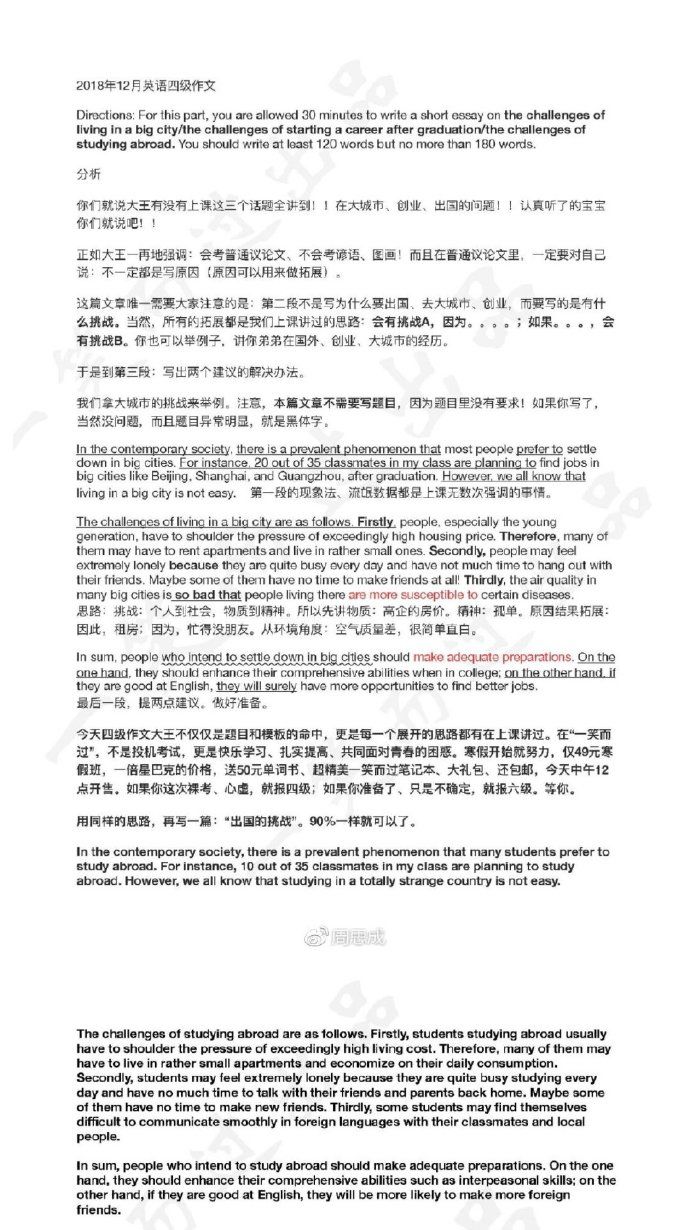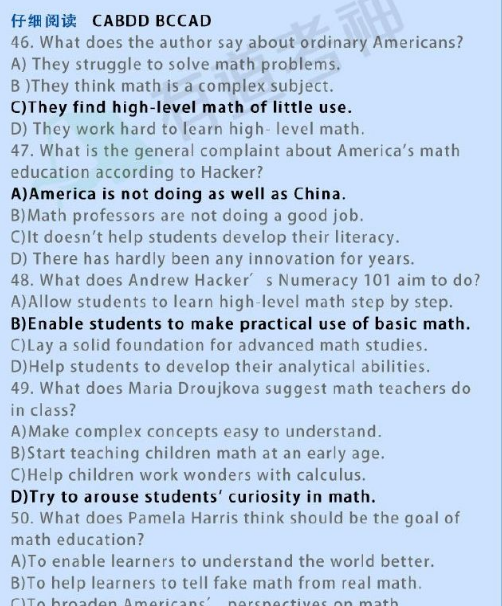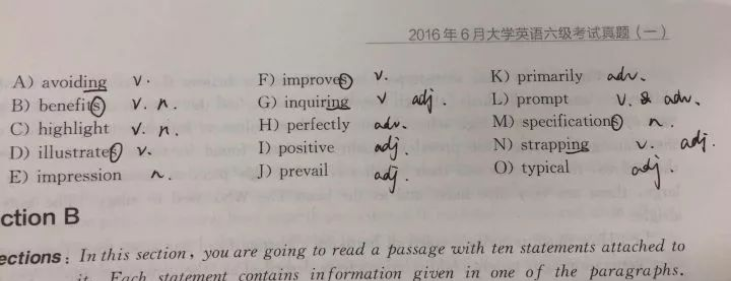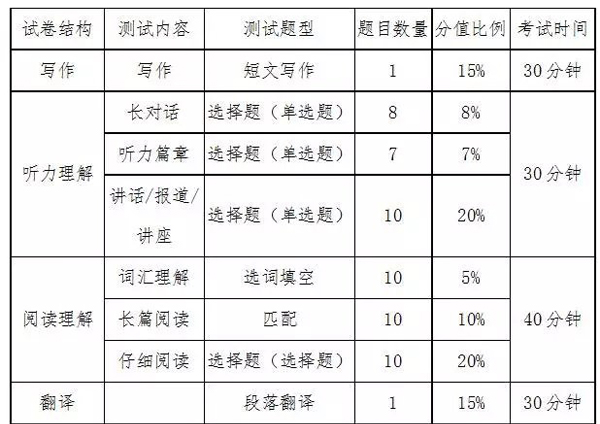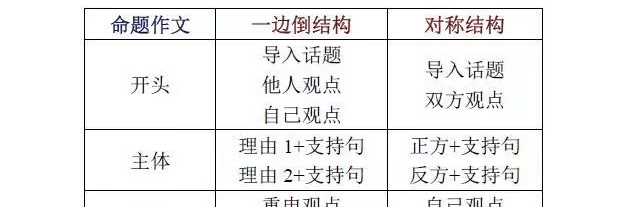2018年12月英语四级考试真题测试(19)含答案
|
2018年12月份的英语四级已经进入关键阶段,为了帮助广大的考生们备考复习,小编整理了四级真题的相关信息,希望对参加英语四级考试的同学有所帮助。 Directions: In this section, you are going to read a passage with ten statements attached to it. Eachstatement contains information given in one of the paragraphs. Identify the paragraphfrom which the information is derived. You may choose a paragraph more than once.Each paragraph is marked with a letter.Answer the questions by marking thecorresponding letter on Answer Sheet 2. Endangered Peoples A) Today, it is not distance, but culture that separates the peoples of the world. The central question of our time may be how to deal with cultural differences. So begins the book, Endangered Peoples, by Art Davidson. It is an attempt to provide understanding of the issues affecting the world's native peoples. This book tells the stories of 21 tribes, cultures, and cultural areas that are struggling to survive. It tells each story through the voice of a member of the tribe .Mr. Davidson recorded their words. Art Wolfe and John Isaac took pictures of them. The organization called the Sierra Club published the book. B) The native groups live far apart in North America or South America, Africa or Asia. Yet their situations are similar. They are fighting the march of progress in an effort to keep themselves and their cultures alive. Some of them follow ancient ways most of the time. Some follow modern ways most of the time. They have one foot in ancient world and one foot in modern world. They hope to continue to balance between these two worlds. Yet the pressures to forget their traditions and join the modern world may be too great. C) Rigoberta Menchu of Guatemala, the Nobel Peace Prize winner in 1992, offers her thoughts in the beginning of the book Endangered Peoples. She notes that many people claim that native people are like stories from the past. They are ruins that have died. She disagrees strongly. She says native communities are not remains of the past. They have a future, and they have much wisdom and richness to offer the rest of the world. D) Art Davidson traveled thousands of miles around the world while working on the book. He talked to many people to gather their thoughts and feelings. Mr. Davidson notes that their desires are the same. People want to remain themselves~ he says. They want to raise their children the way they were raised. They want their children to speak their mother tongue, their own language. They want them to have their parents' values and customs. Mr. Davidson says the people's cries are the same: "Does our culture have to die? Do we have to disappear as a people?" E) Art Davidson lived for more than 25 years among native people in the American state of Alaska. He says his interest in native peoples began his boyhood when he found an ancient stone arrowhead. The arrowhead was used as a weapon to hunt food. The hunter was an American Indian, long dead. Mr. Davidson realized then that Indians had lived in the state of Colorado, right where he was standing. And it was then, he says, that he first wondered: "Where are they? Where did they go? "He found answers to his early question. Many of the native peoples had disappeared. They were forced off their lands. Or they were killed in battle. Or they died from diseases brought by new settlers. Other native peoples remained, but they had to fight to survive the pressures of the modern world. F) The Gwich'in are an example of the survivors. They have lived in what is now Alaska and Canada for 10,000 years. Now about 5,000 Gwich'in remain. They are mainly hunters. They hunt the caribou, a large deer with big horns that travels across the huge spaces of the far north. For centuries, they have used all parts of the caribou: the meat for food, the skins for clothes, the bones for tools. Hunting caribou is the way of life of the Gwich'in. G) One Gwich'in told Art Davidson of memories from his childhood. It was a time when the tribe lived quietly in its own corner of the world. He spoke to Mr. Davidson in these words: "As long as I can remember, someone would sit by a fire on the hilltop every spring and autumn. His job was to look for caribou. If he saw a caribou, he would wave his arms or he would make his fire to give off more smoke. Then the village would come to life! People ran up to the hilltop. The tribes seemed to be at its best at these gatherings. We were all filled with happiness and sharing!" H) About ten years ago, the modern world invaded the quiet world of the Gwich' in. Oil companies wanted to drill for oil in the Arctic National Wildlife Preserve. This area was the please where the caribou gave birth to their young. The Gwich'in feared the caribou would disappear. One Gwich' in woman describes the situation in these words: "Oil development threatens the caribou. If the caribou are threatened, then the people are threatened. Oil company official and American lawmakers do not seem to understand. They do not come into our homes and share our food. They have never tried to understand the feeling expressed in our songs and our prayers. They have not seen the old people cry. Our elders have seen parts of our culture destroyed. They worry that our people may disappear forever." I) A scientist with a British oil company dismisses (驳回,打消) the fears of the Gwich'in. He also says they have no choice. They will have to change. The Gwich' in, however, are resisting. They took legal action to stop the oil companies. But they won only a temporary ban on oil development in the Arctic National Wildlife Preserve. Pressures continue on other native people, as Art Davidson describes in his book. The pressures come from expanding populations, dam projects that flood tribal lands, and political and economic conflicts threaten the culture, lands, and lives of such groups as the Quechua of Peru, the Malagasy of Madagascar and the Ainu of Japan. J) The organization called Cultural Survival has been in existence for 22 years. It tries to protect the rights and cultures of peoples throughout the world. It has about 12,000 members. And it receives help from a large number of students who work without pay. Theodore MacDonald is director of the Cultural Survival Research Center. He says the organization has three main jobs. It does research and publishes information. It works with native people directly. And it creates markets for goods produced by native communities. K) Late last year, Cultural Survival published a book called State of the Peoples: a Global Human Rights Report on Societies in Danger. The book contains reports from researchers who work for Cultural Survival, from experts on native peoples, and from native peoples themselves. The book describes the conditions of different native and minority groups. It includes longer reports about several threatened societies, including the Penan of Malaysia and the Anishina be of North American. And it provides the names of organizations similar to Cultural Survival for activists, researchers and the press. L) David May bury-Lewis started the Cultural Survival organization. Mr. May bury-Lewis believes powerful groups rob native peoples of their lives, lands, or resources. About 6,000 groups are left in the world. A native group is one that has its own langue. It has a long-term link to a homeland. And it has governed itself. Theodore MacDonald says Cultural Survival works to protect the rights of groups, not just individual people. He says the organization would like to develop a system of early warnings when these rights are threatened .Mr. MacDonald notes that conflicts between different groups within a country have been going on forever and will continue. Such conflicts, he says, cannot be prevented. But they do not have to become violent. What Cultural Survival wants is to help set up methods that lead to peaceful negotiations of traditional differences. These methods, he says, are a lot less costly than war. 36. Rigoberta Menchu, the Nobel Peace Prize winner in 1992, writes preface for the book Endangered Peoples. 37. The book Endangered Peoples contents not only words, but also pictures. 38. Art Davidson's initial interest in native people was aroused by an ancient stone arrowhead he found in his childhood, which was once used by an American Indian hunter. 39. The native groups are trying very hard to balance between the ancient world and the modern world. 40. By talking with them, Art Davidson finds that the native people throughout the world desire to remain themselves. 41. Most of the Gwich'in are hunters, who live on hunting caribou. 42. Cultural Survival is an organization which aims at protecting the rights and cultures of peoples throughout the world. 43. According to Theodore MacDonald, the Cultural Survival organization .would like to develop a system of early warnings when a society's rights are to be violated. 44. The book State of the Peoples: a Global Human Rights Report on Societies in Danger describes the conditions of different native and minority groups. 45. The Gwich' in tried to stop oil companies from drilling for oil in the Arctic National Wildlife Preserve for fear that it should drive the caribou away. 【参考答案】 36. Rigoberta Menchu, the Nobel Peace Prize winner in 1992, writes preface for the book Endangered Peoples. 【解析】 C)。细节题。根据句中关键词Rgoberta Menchu可定位至c)段首句 37. The book Endangered Peoples contents not only words, but also pictures. 《濒危民族》这本书不仅包括文字,还包括图片。 【解析】 A)。细节题。本题着眼点在The book Endangered Peoples,因此锁定有关这本书的介绍信息, 可定位至首段。该段末句是:Davidson先生记录了他们的述说,Art Wolfe和John Isaac拍摄照片,一个名为塞拉俱乐部的组织出版了这本书。由此可知,这本书不仅有文字而且还有图片。 38. Art Davidson's initial interest in native people was aroused by an ancient stone arrowhead he found in his child- hood, which was once used by an American Indian hunter.Art Davidson最初开始对土著民族感兴趣,源自小时候见到的一个美洲印第安猎人用过的石制箭头。 【解析】E)。细节题。根据句中关键词in the interesting native people和an ancient stone arrowhead可定位至E)段。他说小时候他发现过一个非常古老的石制箭头,从那时起,就激起了他对土著民族的兴趣。这个石箭头是被用作武器来猎食的。猎人是一位早已作古的美洲印第安人。 39. The native groups are trying very hard to balance between the ancient world and the modem world. 土著民族艰难地尝试在古今世界之间寻求平衡。 【解析】 B)。细节题。根据句中关键词the native groups和balance between the ancient world and the mod- em world可定位至B)段后三句。他们处在古代世界和现代世界之间。他们希望继续保持这两个世界的平衡。但是,抛弃传统、融入现代世界的压力非常大。 40. By talking with them, Art Davidson finds that the native people throughout the world desire to remain themselves. 通过交谈,Art Davidson得知所有的土著居民都希望自己的民族得以存续。 【解析】D)。细节题。根据句中关键词the native people,desire和remain themselves可定位至D)段。 Davidson先生发现他们有着共同的愿望。他说,人们希望他们的民族可以延续。 41. Most of the Gwich'in are hunters, who live on hunting caribou. 哥威迅族人绝大部分是猎人,以狩猎驯鹿为生。 【解析】F)。细节题。根据句中关键词the Gwich in和hunting caribou可定位至F)段。与句中意思一致的两句话是:现在,哥威迅族的人口大概有5000,主要以狩猎为生。狩猎驯鹿就是哥威迅人的生活方式。 42. Cultural Survival is an organization which aims at protecting the rights and cultures of peoples throughout the world.文化拯救协会组织旨在保护世界各民族的权利和文化。 【解析】J)。细节题。根据句中关键词Cultural Survival和protecting the rights and cultures of peoples可定位至J)段的前两句。文化拯救协会这一组织已成立22年了。它试图保护世界各民族的权利和文化。 43. According to Theodore MacDonald, the Cultural Survival organization would like to develop a system of early warnings when a society's rights are to be violated. Theodore MacDonald 称:文化拯救协会欲建立一个早期预警系统。 【解析】L)。细节题。根据句中关键词Theodore MacDonal和a system ofearly warnings可定位至末段中间部分。Theodore MacDonald指出文化拯救协会旨在保护各民族的权利,并不是只保护个人权利。他说,该组织欲建立一个早期预警系统,当这些权利遭到威胁时向人们提出警告。 44. The book State of the Peoples: a Global Human Rights Report on Societies in Danger describes the conditions of different native and minority groups. 《世界濒危民族的人权报告》这本书描述的生存现状。 【解析】K)。细节题。根据句中关键词the book a Global Human Rights Report on Societies in Danger可定位至K)段。该段对这本书进行了详细介绍,其中包括描述内容,即不同土著民族和少数民族的生存现状。 45. The Gwich' in tried to stop oil companies from drilling for oil in the Arctic National Wildlife Preserve for fear that it should drive the caribou away. 哥威迅族人阻止石油公司在北极国家野生动物保护区勘探石油,因为担心这样会把驯鹿吓跑。 【解析】 H)。细节题。根据句中关键词stop oil companies from drillin9和drive the caribou away可定位至 H)段二至四句。石油企业想在北极国家野生动物保护区勘探石油。这片区域是驯鹿繁殖下一代的地方。哥威迅人担心驯鹿会消失。 好了,以上是小编整理的英语四级真题的阅读部分(不含听力与作文)。在选词汇时一定要结合句子上下文仔细斟酌,注意辨析词汇。如果自学吃力,不妨试试专业老师的指导,早日拿下四级。 |

